Meet Teng Zi Ying, Rebekah Lin and Kristin Dwek, three friends who joined forces to create an arts-based digital resource pack and teacher-training workshops for Southeast Asian communities with limited access to the arts. Today, they are respectively the project leader, head of community engagement, and arts facilitator of ArtSEA, an “Arts for Good” project by the Singapore International Foundation, offering creative digital arts experiences to disadvantaged children in the region. They talk to ISHAN SINGH about the transformative power of the arts and their plans to build a vibrant ecosystem.
.jpg)
(Left to right) Zi Ying, Rebekah and Kristin
What inspired you to get involved in this space?
Kristin: I have always been interested in the arts and education, having pursued my degree in both disciplines. I also love engaging with communities—while living in New York City, I worked in the non-profit sector and enjoyed interacting with people from diverse backgrounds and across different age groups. These inspired me to pursue my current work, where I engage communities with the arts and break down barriers to entry.
.jpg)
Kristin Dwek
Rebekah: Many years ago, I had the opportunity to travel with World Vision as a photojournalist. This brought me to India, Ethiopia and Bangladesh, where I met many communities in need and developed a desire to volunteer. Thereafter I volunteered at the Yellow Ribbon Fund in Singapore and found the experience to be meaningful. Since then, I made a personal commitment to continue volunteering in the social sector.
.jpg)
Rebekah Lin
Zi Ying: Getting my Diploma in Applied Drama and Psychology at Singapore Polytechnic opened many doors to transfer classroom knowledge into real-life application. It gave me an early taste of the power of using drama when working with different groups, from children to the elderly. When I went on to study Drama, Applied Theatre and Education in London, it further deepened my interest to use the expressive arts to educate, intervene and heal.
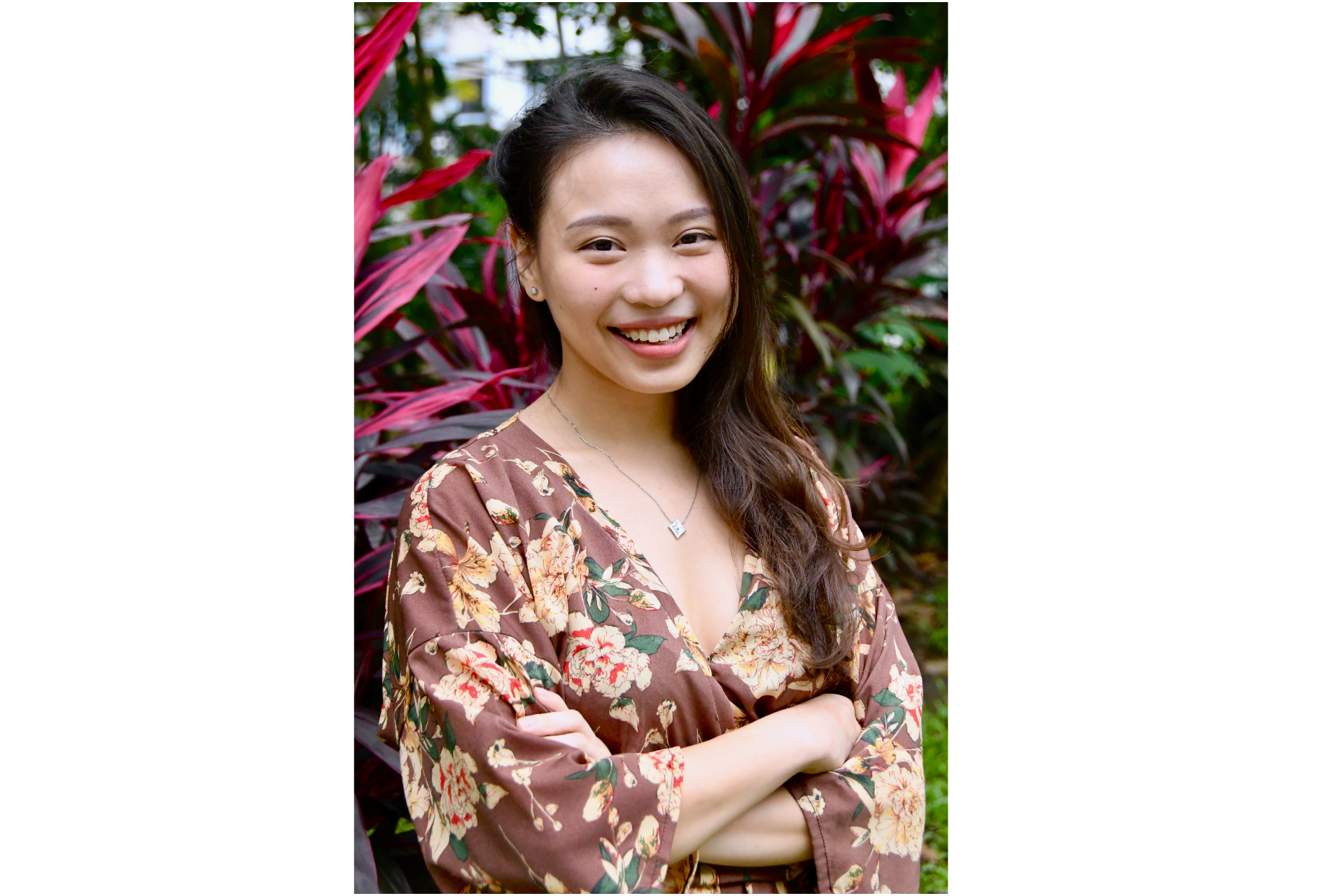
Teng Zi Ying
Underprivileged communities are the hardest hit by the physical and economic impacts of COVID-19. How can access to the arts and increased engagement help?
What the arts offers is a way to interpret and understand what is going on. The focus of ArtSEA is on developing crucial soft skills necessary to thrive in the twenty-first century. Our activities—centred around communication, empathy, creative expression, flexible thinking, connecting with art and others, critical thinking, reflective practice and gratitude—help children to develop strong growth mindsets and become confident learners.
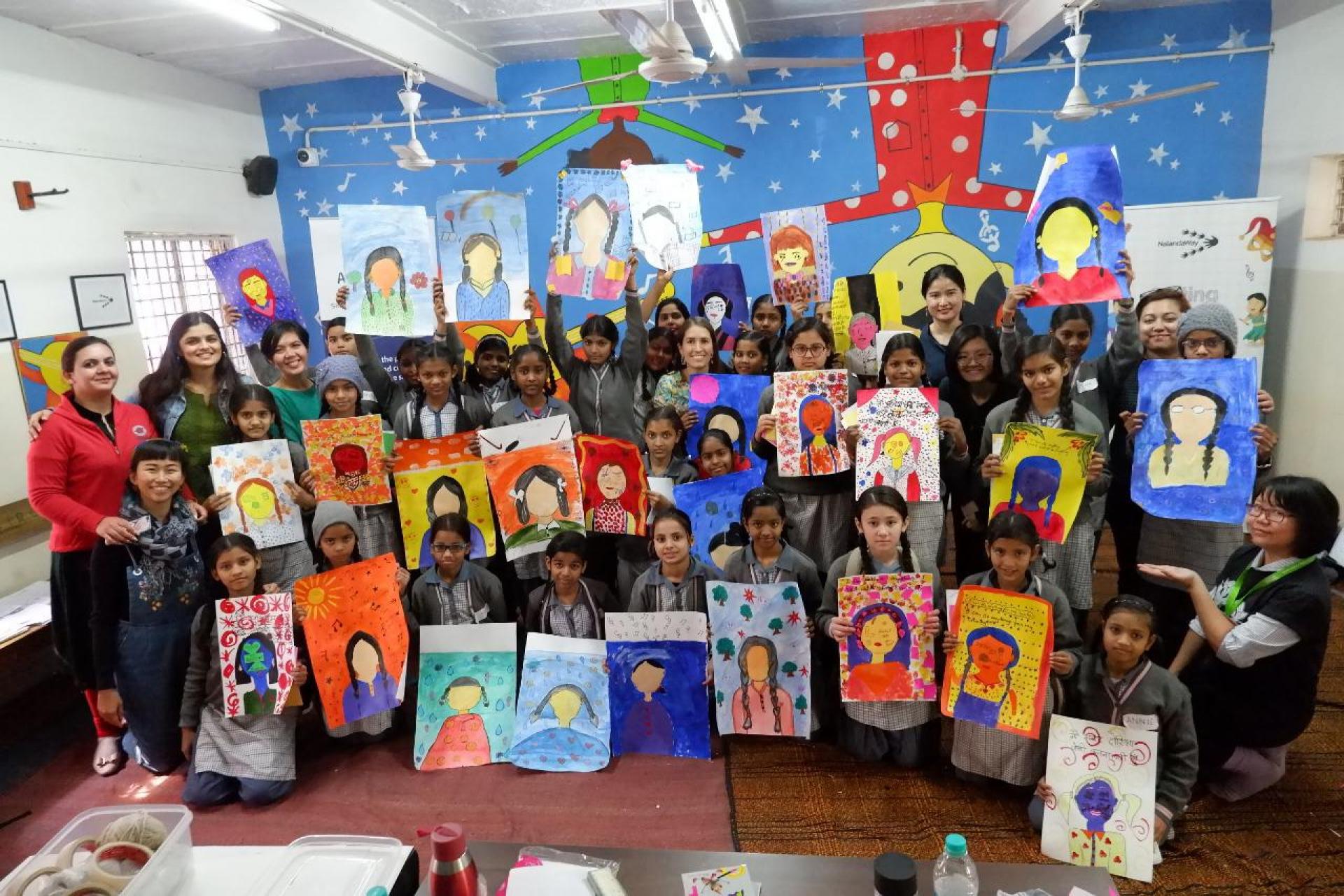
Kristin was part of a group of Fellows who worked with an all-girls school in Delhi as part of SIF's Arts for Good Exchange in 2019. The children in this photo created symbolic self-portraits incorporating their hopes and dreams.
Tell us more about ArtSEA: what does a digital arts resource package contain?
The project began as an idea for us to present and introduce artists from Southeast Asia in an easily accessible way. So often, we see students being taught about the same few artists, namely Picasso, Monet, Van Gogh, Warhol, Pollock, and so on. We thus identified a timely opportunity to educate children about the works of artists closer to home.
The resource package introduces children to diverse artworks across Southeast Asian cultures. Users of the package can learn about the various artists profiled, including their backgrounds and creative processes, and access discussion questions and activities. This kit additionally offers tips for parents and educators to support the children's learning journeys, and guidance on suitable activities. Best of all, this digital resource package is easy to use: all activities can be completed online or requires only simple materials (pencil and paper).
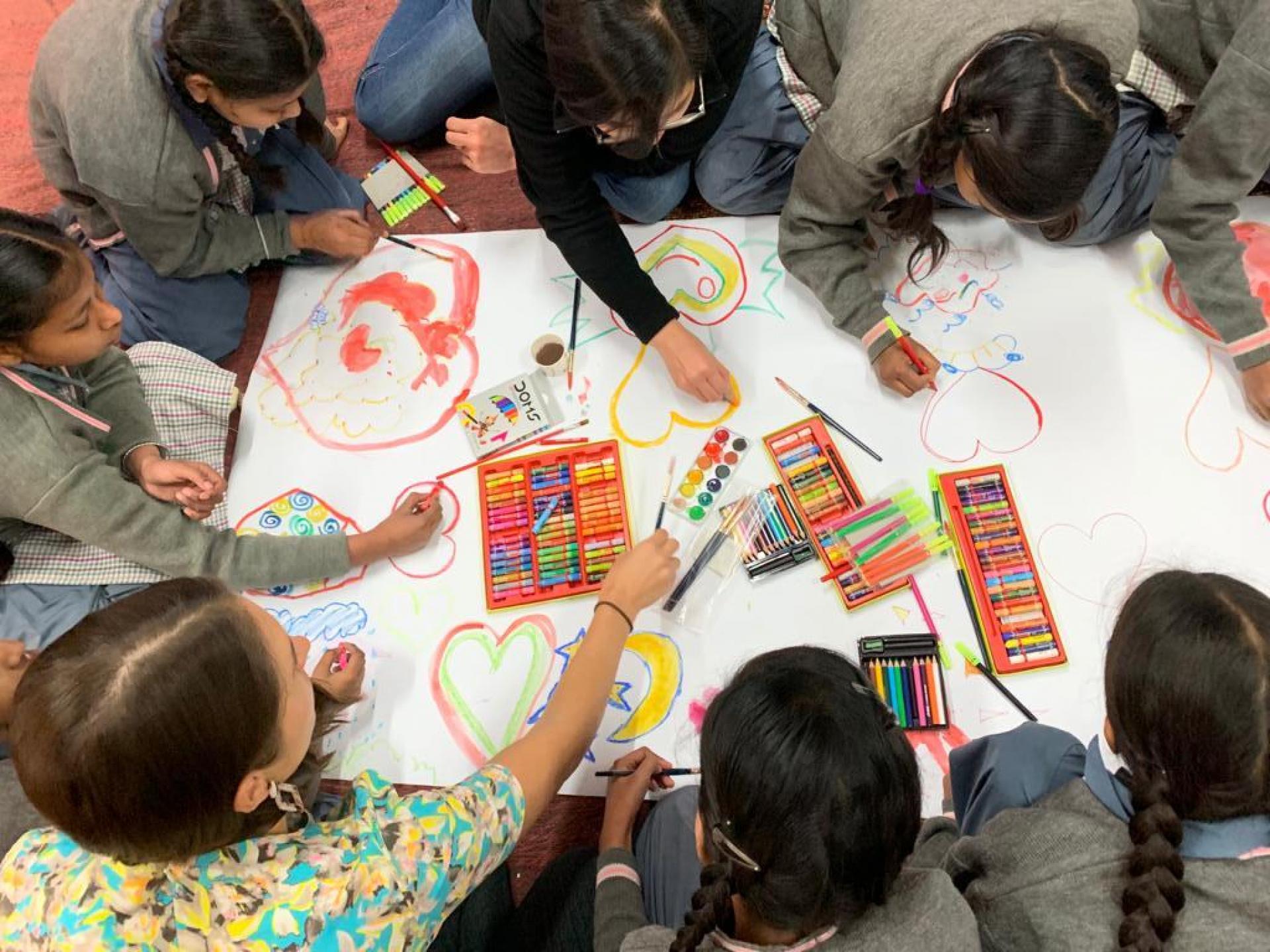
Students of the all-girls school in Delhi are introduced to creative exercises.
How did you decide on which artists to profile?
We wanted to highlight artists from the region examining a range of concepts and ideas (identity and culture, language, environmental issues, social issues). We were also looking for a good gender mix, and a balance of both self-taught artists as well as those who take a more traditional approach. Most of these are visual artists—digital artists, photographers, painters, abstract painters, hyper-realist painters—though their work is created using a variety of mediums. Also in the mix are artists who work in collectives, performing artists, and puppeteers.
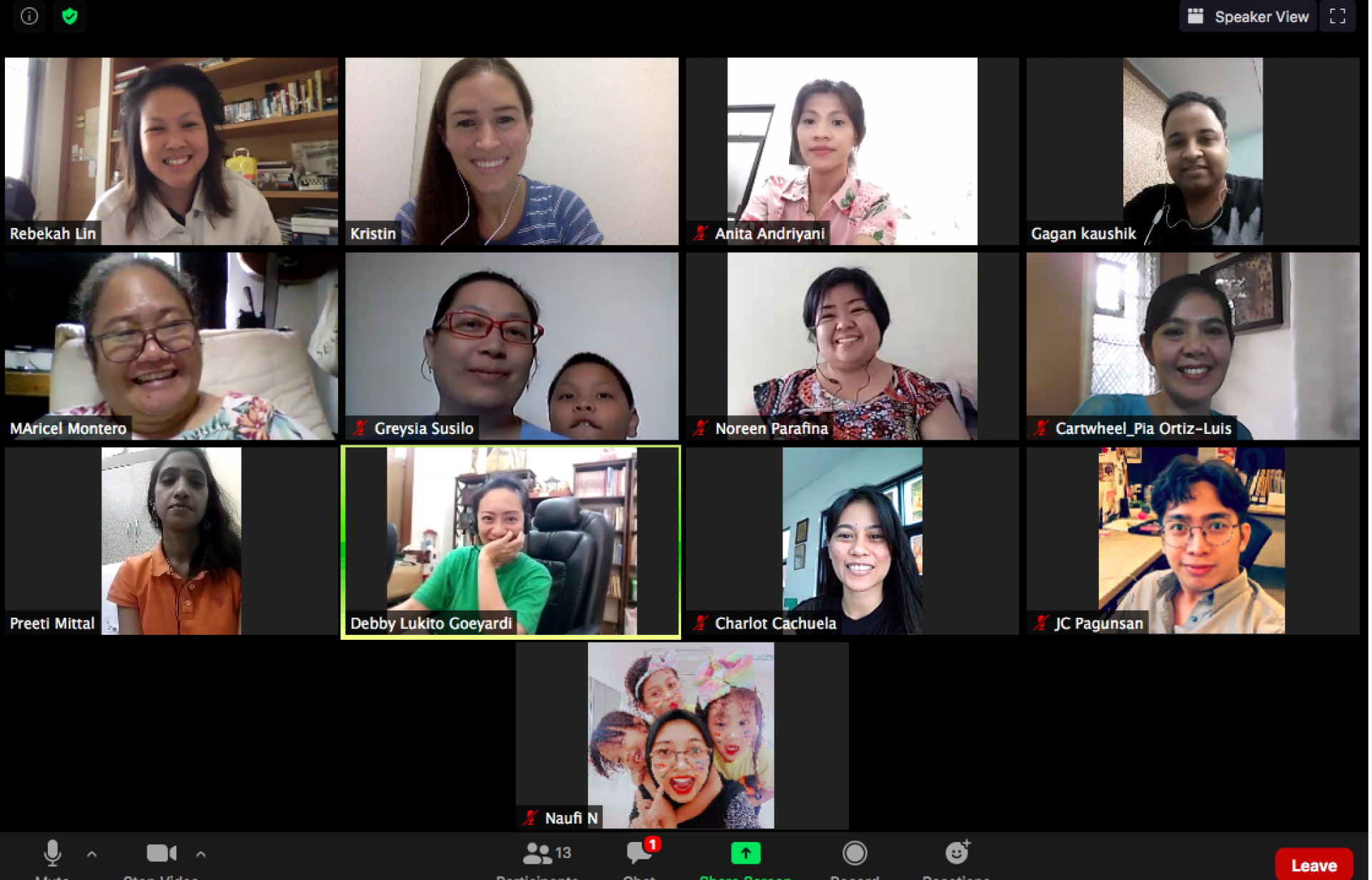
An ArtSEA info session involving 22 communities across 6 countries.
Earlier this year, social media was abuzz in response to this Straits Times survey, which named artists among the Top 5 most non-essential occupations in Singapore. What is your take?
Rebekah: I disagree with the survey. Art has brought much respite to many people. Music, books, theatre—these are not just entertainment, or done “for fun”. We’ve seen plays discussing many important social messages; for instance, "The Father" by Pangdemonium examines dementia and the silent suffering of caregivers. There's also plenty of evidence showing that art therapy and arts education are incredibly helpful and beneficial for both children and older adults.
Zi Ying: The survey was interesting because it articulated what many Singaporeans believe—that the arts are a "good to have", but not necessary. And that’s the issue that's pervaded and prevented our arts sector from developing further—this idea that the arts are merely enjoyable, when it can in actual fact deepen dialogue, increase reflectiveness, heal, empower and excite.
Kristin: I am reminded of an artwork by Singaporean artist Tan Wee Lit called All the Essentially Essential, located by Raffles Place MRT station. The message is clear: we shouldn't live life focused on just one thing; rather, what makes life beautiful is the fact that it comprises lots of different things. Art allows people to see things clearly and appreciate life at a deeper level—in the process, we are also invited to slow down, look closely and start conversations with others. Having personally experienced the transformative power of the arts and seen the same in others, I believe everyone should find their own creative outlet.
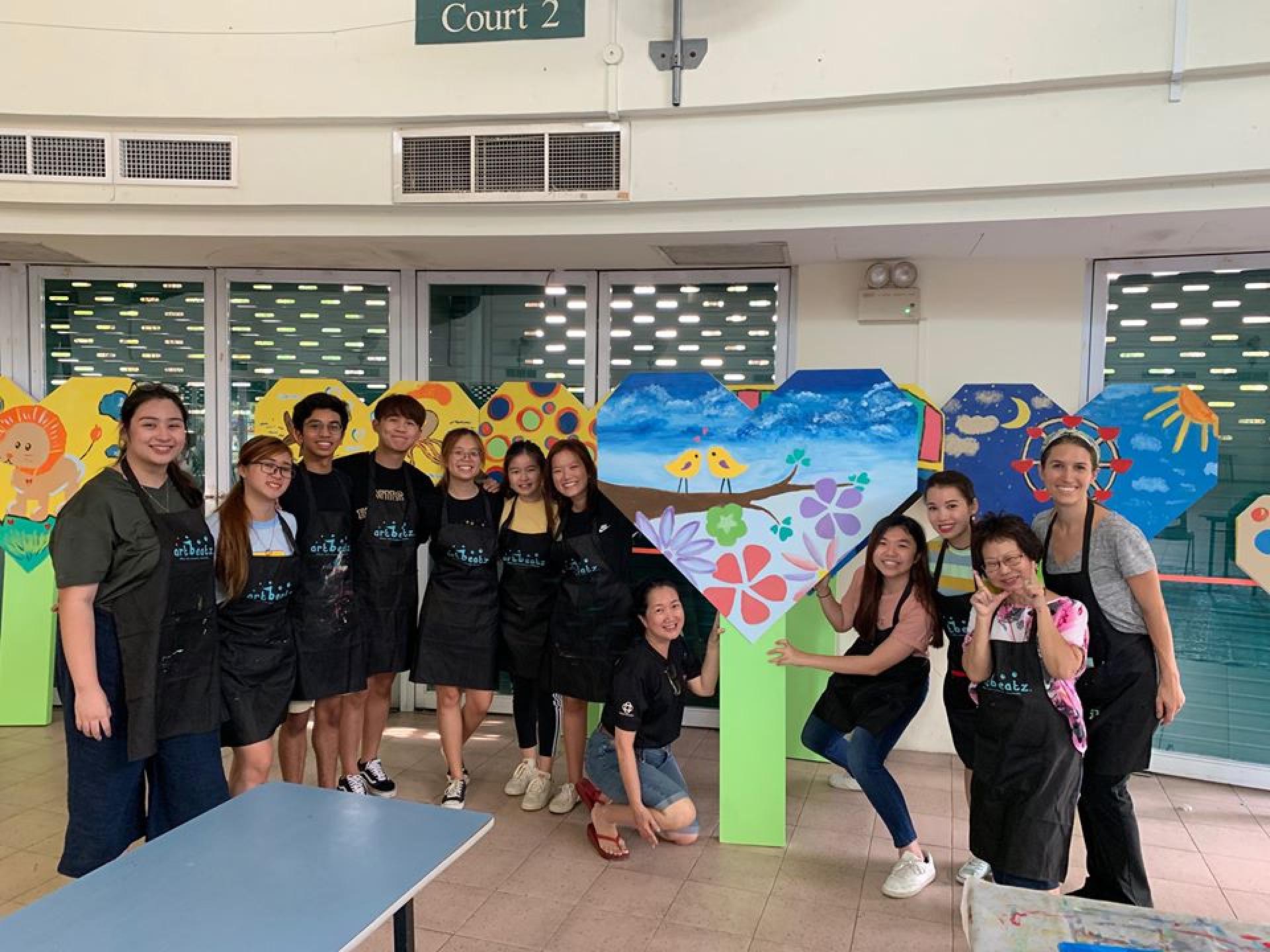
Kristin with a group of youths during a PA Garden of HeARTS painting project.
Now that we're in the final quarter of 2020, what are you looking forward to in the coming year?
Kristin: I'll be paying close attention to this post-COVID digital space we've all entered. Before the pandemic, my work was very localised, but these days I'm excited about expanding geographic barriers and supporting arts practitioners who're further away. My hope for 2021 is to create exciting content and reach out to artists and communities I never before thought possible.
Rebekah: I think while 2020 has been difficult time for everyone, I’ve also seen many instances of people coming together to help one another. I hope that this giving spirit continues even after the pandemic.
Zi Ying: I'm excited to see what new creative and disruptive ideas can emerge from the challenges of 2020.
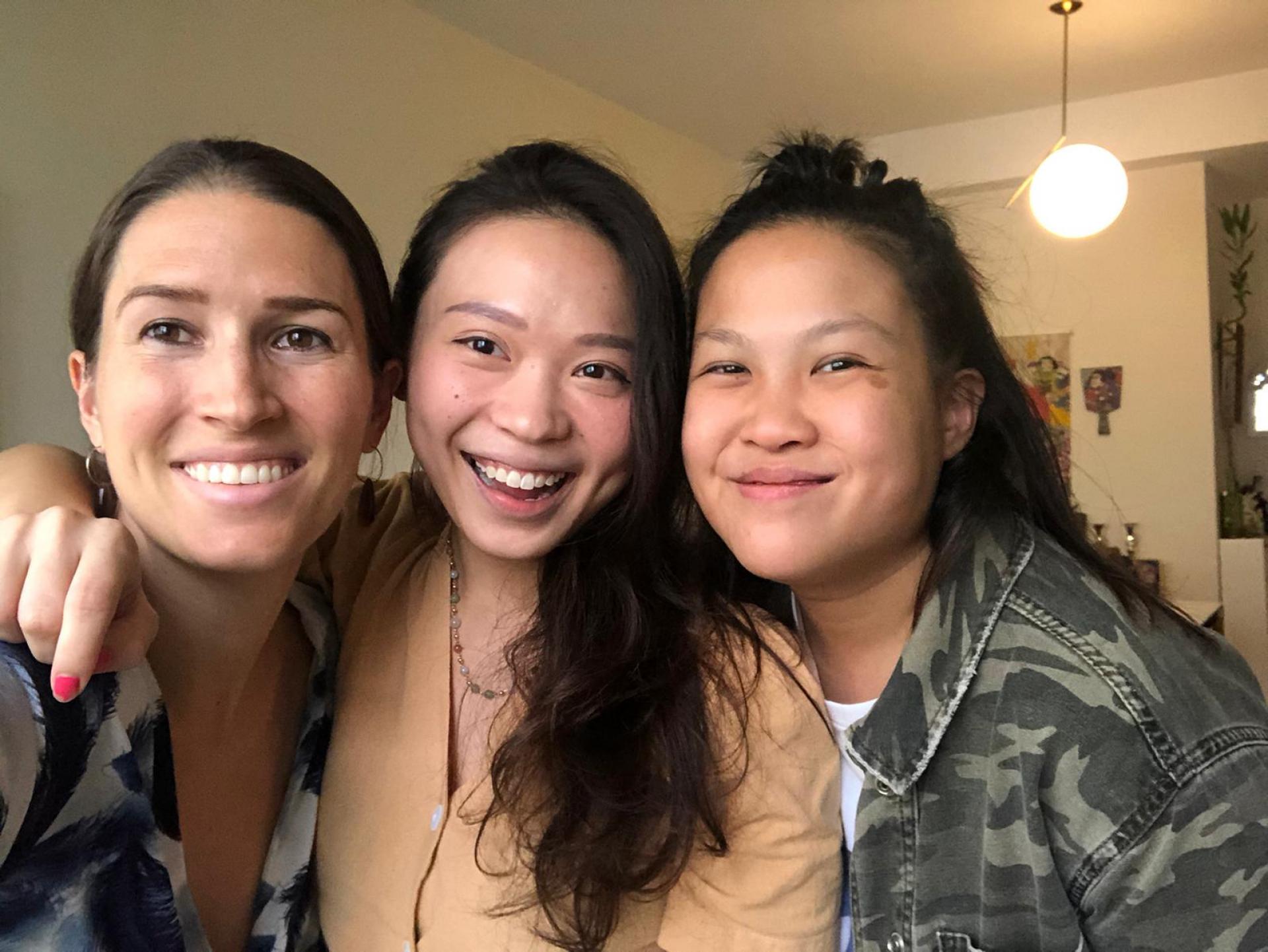
Photos courtesy of the interviewees. To find out more about ArtSEA, join their Facebook group, which shares resources, activities and tips for how to get involved.

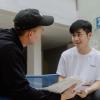


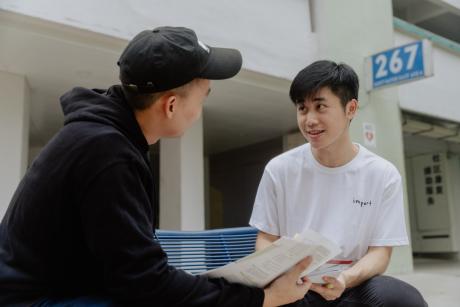



Comments